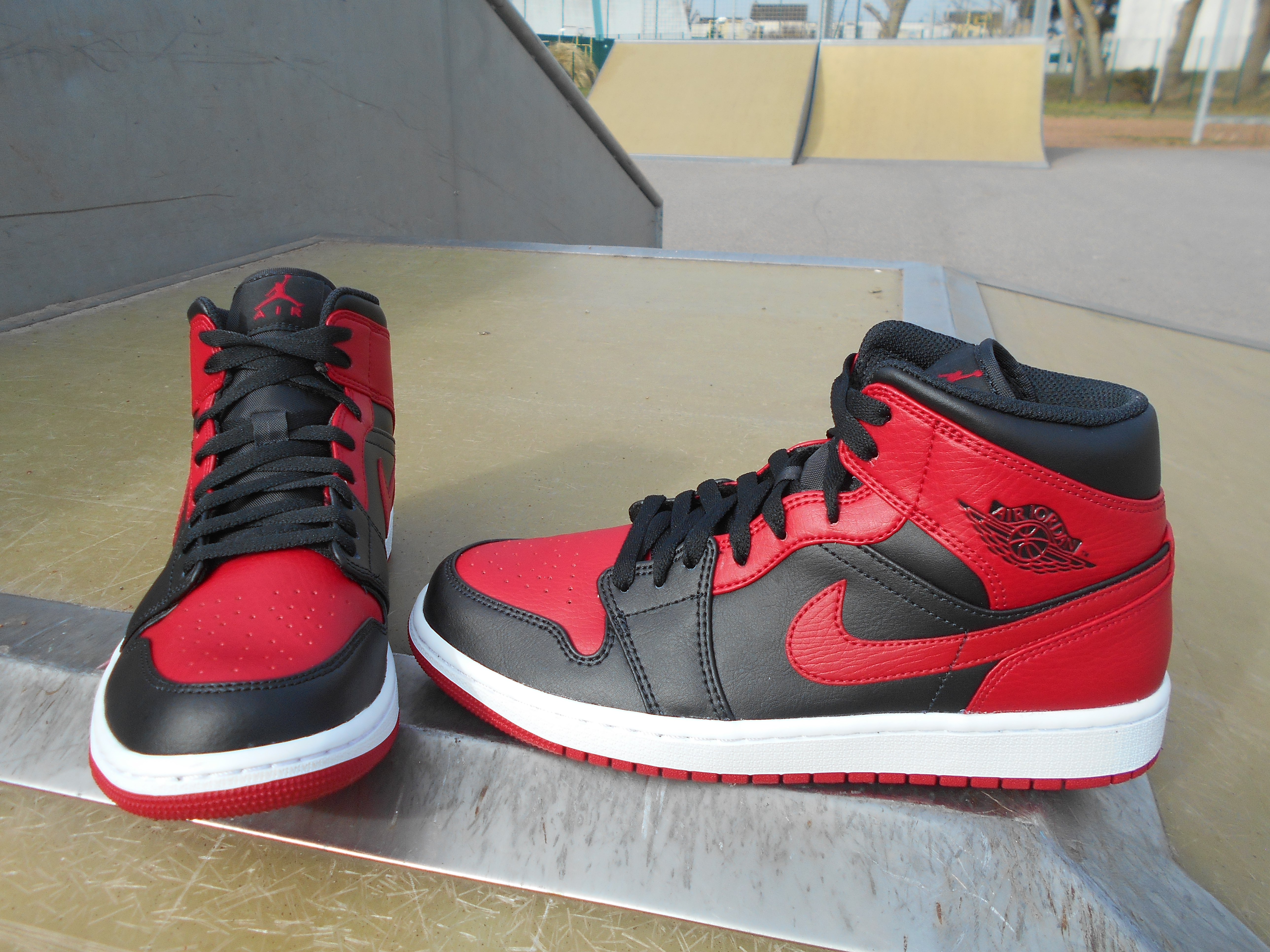| name | Insoles with different cushioning properties |
| Classification | Orthopedic aids, footwear inserts |
| Pharmacokinetics | Not applicable. Insoles do not have a systemic effect. Their impact is localized to the pressure points of the foot and the lower extremities, affecting biomechanics. |
| suggested dosage | Not applicable. Selection and fit are critical. Properly fitted insoles will provide support and comfort for the duration of use. |
| indications | | 1 | Foot pain, particularly in conditions such as plantar fasciitis, heel spurs, metatarsalgia, and flat feet. | | 2 | Arthritis pain in the feet. | | 3 | Support for arches and heels for improved posture. | | 4 | Prevention or alleviation of running injuries | | 5 | Improved comfort in footwear | | 6 | Providing shock absorption for activities with high impact on the feet (running, jumping, etc.) |
|
| Safety in pregnancy | Generally considered safe during pregnancy if prescribed by a healthcare professional. Some cushioning materials might present a theoretical risk in direct contact with skin, or potential risks of discomfort if the insole doesn't adequately support the foot during pregnancy. However, there is not enough research to fully confirm it's safety. Consulting a doctor is important before using any insoles during pregnancy. |
| Safety in breastfeeding | Generally considered safe during breastfeeding if prescribed by a healthcare professional. Similar to pregnancy, there's a lack of extensive research to confirm safety. Consultation with a healthcare professional is recommended. |
| side effects | | 1 | Skin irritation or allergic reactions (rare, usually due to material contact) | | 2 | Pressure points or discomfort if insoles are not correctly fitted | | 3 | Potential for exacerbation of pre-existing foot conditions if the wrong type of insole is used. |
|
| alternatives | |
| contraindications | | 1 | Severe foot deformities that may require specialized treatment, if the insole does not resolve the foot's issue. | | 2 | Conditions requiring specific orthotic prescriptions (e.g., severe pronation/supination, neuromas) |
|
| interactions | No direct drug interactions. Potential indirect interactions with other treatments for foot pain, which should be discussed with a healthcare professional. |
| warnings | | 1 | Proper fitting is critical. Poorly fitting insoles can lead to discomfort and potential harm. | | 2 | Individuals with pre-existing foot conditions should consult a physician before using insoles. | | 3 | Do not use insoles designed for other conditions without professional guidance. |
|
| precautions | | 1 | Insoles should be replaced if they become damaged or lose their cushioning properties. | | 2 | Some insoles can cause irritation to some people. If irritation occurs, discontinue use and consult a doctor. | | 3 | Choose insoles that match the type and support your foot requires based on activities or footwear | | 4 | Avoid using insoles that are too firm or too soft |
|
| additional informations | | 1 | Different insoles have varying levels of cushioning and support. A professional evaluation by a podiatrist or physical therapist may be helpful to determine the best type of insoles for an individual. | | 2 | Consider the type of activities in which the person will be participating when choosing insoles (e.g., running shoes, work shoes, etc). | | 3 | It is important to have the insoles measured and fitted by a professional or to carefully follow manufacturer instructions. | | 4 | Material composition may influence the comfort level. Some patients are sensitive to certain types of materials. |
|
| patient specific notes | | age | 25 years | | weight | 70 kg | | additional considerations | Patient's age and weight are factors influencing considerations in choosing insoles. Consult a physical therapist to determine suitable insoles and to understand the support needed for the patient's body and activity level. |
|

